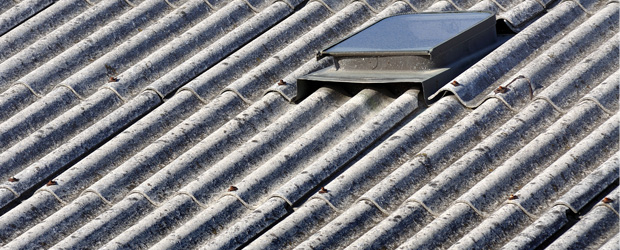
When you start on a painting or coating project, you need to know how much paint to buy. This becomes more necessary if you need to cover a large area. But how do you work out how far your paint will spread? In this post we’ll share with you the best way to estimate your paint or coating coverage spread rates.
The Maths Bit
The calculation you need to work out how far your paint needs to go is fairly simple.
Step 1: Measure the area in metric measurements, so that they are easily comparable to what is on the product data sheet and tin. If you’re struggling use something like this easy calculator to convert feet into metres.
Step 2: Times the length of the area by the width to work out the square metre area.
You can match your measurements to the square metre area measurements on the tin or datasheet of the paint. Simple!
Most coverage information will tell you how many square metres the product will cover per litre or kilogram. This spreading rate is almost always per coat as well so remember to allow for the other coats too if you’re doing more than one.

Top tips for accurate estimations
When you are buying paint, you must think about the kind of surface you are painting. If you are painting an absorbent surface, it will need more paint.
You also need to consider how the spreading rate will differ between the first and second coat of paint. The first coat will seal the surface, so when you add a second coat you’ll find you don’t need as much.
We’d also recommend you consider using a primer. A primer cannot only protect your surface and leave you with a better finish, but it can also save on how much topcoat you need. Topcoats can be expensive, so using a primer is a cost-effective way to keep the amount of topcoat you need to a minimum.
Painting a rough or uneven surface? If you’re painting something like profiled cladding or a corrugated asbestos roof, you’ll need to take this into consideration. Rough and uneven surfaces will need an extra percentage adding to the surface area calculation. The rough and/or uneven texture will mean that the actual surface area is larger than the area you’ve measured.
Our final tip is to remember to remove windows, doors and other areas that aren’t being painted. If you leave them in you’ll find yourself buying a lot more paint than you need!
If you are struggling to work out how much help you need, speak to the professionals. They will make sure you get the perfect amount for the job.
 Rawlins Paints Blog Industrial Paint Tips, Guidelines & DIY Articles
Rawlins Paints Blog Industrial Paint Tips, Guidelines & DIY Articles